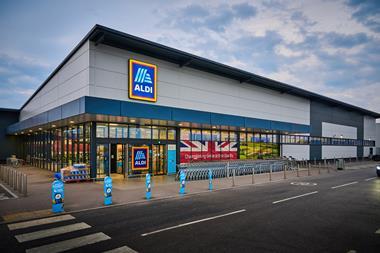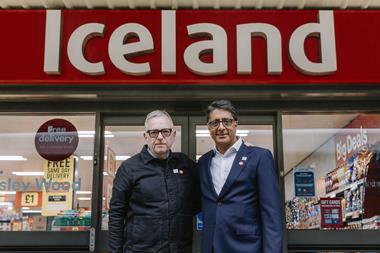
When you walk into a supermarket these days, you will see Deliveroo and Uber Eats drivers queueing for somebody else’s groceries, the buzz of staff picking online orders from shelves, online customers asking where to collect their online shopping, and ‘traditional’ shoppers trying to safely manoeuvre their way around them all. In fact, it’s becoming unusual not to see stores being used in this way.
According to our latest research, grocers predict that a fifth (21%) of all in-store activity will be online fulfilment as opposed to in-store transactions in the future. This is a significant statistic when you consider the pressure this puts on IT systems, digital platforms and logistics networks to offer a seamless omnichannel experience and accurate and timely fulfilment. The vast majority (82%) of grocers know that a seamless omnichannel experience is no longer a ‘nice to have’.
One of the many areas that will require attention is a lack of integration between important IT systems. While this issue has affected all major businesses for years, it is far less tolerable and a greater commercial risk as omnichannel retail becomes the minimum standard. Two thirds (64%) of grocers say it is increasingly important to harmonise their disparate IT systems.
The biggest drivers for harmonisation include making online more profitable (64%) and having a single view of the customer (46%). Meanwhile, the biggest barriers to systems integration are a lack of budget (64%), a lack of time (55%) and the complexity of the task (36%).
Sales platforms also need to adapt to keep up with the ‘hybrid store’. More than half (55%) of grocers say their e-commerce platform was not built for the recent surge in online traffic. Because of this, many are looking to improve their e-commerce app (55%) or website (46%). Lower down the list of priorities are social media sales (9%), a loyalty scheme (9%) and loyalty app (9%). In each case this will require significant investment.
Many are also using or looking to use customer reviews (91%), cookies (82%), customer journey tracking (73%), ‘recently purchased’ suggestions (73%) and AI customer interaction such as chatbots (36%) and eye tracking (18%) to enhance their digital platforms. Working out what enhances and detracts from the omnichannel experience will be crucial, and the legal risks associated with tools like cookies, artificial intelligence and eye tracking will need to be carefully understood and managed.
Handling and processing the huge amount of data now available is still a struggle. According to grocers, the biggest challenges with getting value from data are volume (46%), data going out of date (36%), data systems not communicating with each other (18%) and incorrect data (18%).
As with so many pandemic trends, the hybrid role of stores is the new normal. We have been talking about the changing role of stores for years, but retailers will need to be particularly agile in responding to this change and make sure the technology, systems and processes that sit behind this new role are up to the challenge and ready to deliver on customers’ rapidly changing expectations.


















No comments yet